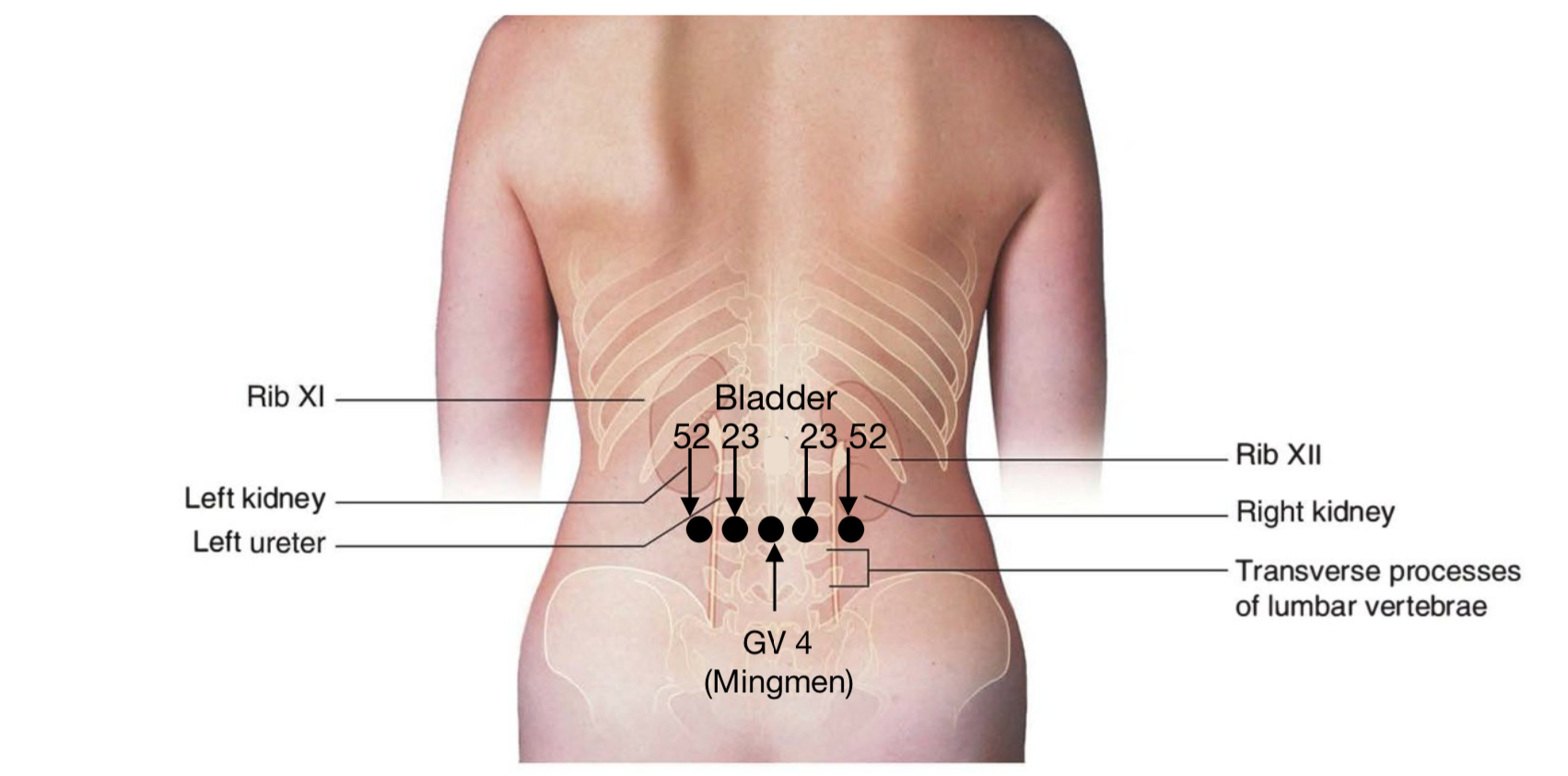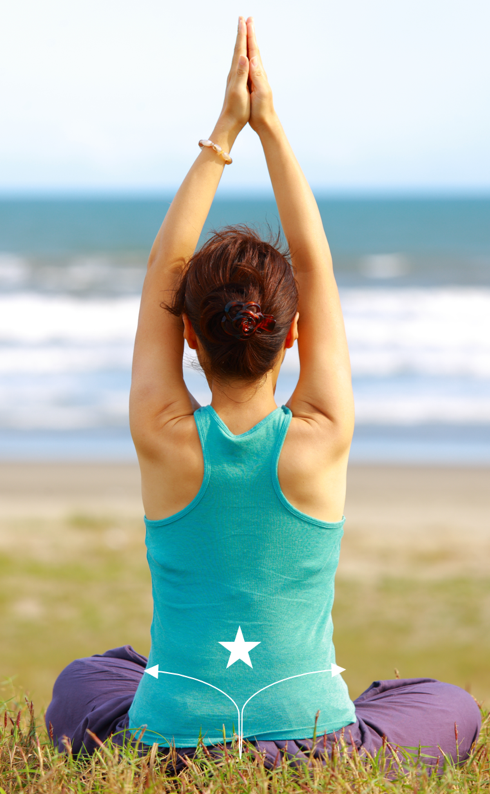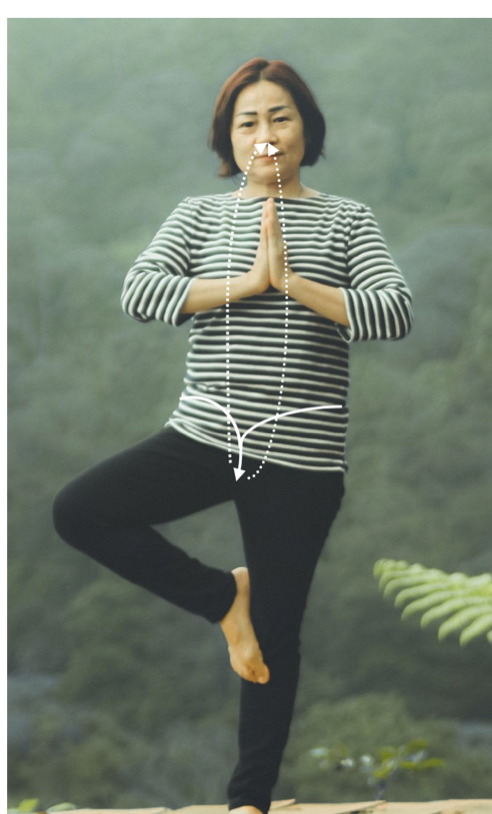Within the Five Elements theory of Chinese Medicine and Qigong, winter is the time of year in which the Water element is most available — and with it, access to our essential vitality, essence and self-identity.
The heart of Winter holds the power of emphasis: it emphasizes the essence of life. Without the external ornamentation of leaves, flowers and fruits, trees and plants are bare essence — seeds with potential hidden deep within; trees unadorned and stripped to their core.
“Winter is a time of self-recollection, when we can go inside to that place where we are unadorned essence. Water, the element that corresponds to winter, points us to that dark, quiet pool within ourselves where our essential self-identity resides. We can use the energy of this season to more deeply discover the essence of our self.”
~Neil Gumenick, The Institute of Classical Five Element Acupuncture
Aside from leveraging lifestyle habits — eating whole foods, moving (especially outside), getting adequate hydration and rest and maintaining meaningful relationships — building resilience within our inner life force, energy, Qi, is deeply grounding and stabilizing; especially during the darkest days of the year.
There are many ways to strengthen energetic vitality, and one of the most highly regarded techniques in ancient Chinese wisdom is activating Mingmen. Mingmen, a region so important to health and martial ability it has been aptly named the Gate of Power, Center of Vitality, Gate of Destiny, and Gate of Life. Mingmen is a source for physical, mental, emotional, and spiritual vitalization; a remarkable energy that helps us connect with our original nature.
Mingman is an important area of focus in Qi Gong and martial arts and is known as one of the places where it is difficult to move energy – one of the three “tricky gates” (others are the coccyx and occiput). When this region is functioning well, it resembles Crosstown on a sunny day – with traffic flowing freely and efficiently in all directions. When it is not functioning optimally, it becomes clogged with toxic congestion and stagnant energy, to the point of a full traffic jam.
Mingman is an energy center located in the lower torso, centered between the kidneys. It is regarded as one of the strongest energy centers and is used to support and strengthen the overall constitution.
Situated near the Kidney shu points (Bladder 23) and GV 4, Mingmen isn’t an exact place but more a region of the body. Mingmen encompasses a collective area including the body’s filtration system, the blood vessels that provide a constant flow of fresh fuel, the surrounding tissue that warms and tonifies the organs and Qi, and the inner spine that stabilizes the mid-back. Mingmen also touches the lower dantian, or “lower energy center”, that rests just behind the navel and in front of Mingmen.
Mingmen Region: Additional Points & Channels
Bladder 23 – Sea of Vitality
The inner shu point of the kidneys (atop of the Bladder meridian). It directly infuses the kidneys with energy and supports recovery from chronic depletion and exhaustion.
Bladder 52 – Residence of the Will
The outer shu point of the kidneys (on Bladder). Physically it treats lumbar pain, incontinence, impotence and infertility. Emotionally and spiritually it strengthens willpower, allowing access to courage, determination and perseverance.
Extraordinary Channel - Penetrating Flow
Penetrating Flow is one of the eight extraordinary channels of ancient Chinese wisdom; it unites the Central and Governing channels and aligns with the microcosmic orbit.
Mingmen is most often associated with the Water Rhythm, yet is also associated with Fire — as it addresses the crucial Fire/Water balance in the body. Given its primary connection with the Water Rhythm and Kidneys, the powerful names — Gate of Power, Center of Vitality, Gate of Destiny, Gate of Life — highlight the potent energy housed within.
If there is timidity, Mingmen offers courage; if there is forgetfulness and disorientation, it clears the consciousness; if there is depression or emotional withdrawal, Mingmen coaxes an individual to re-engage with the world.
Acupressure + Qi Practice
Touch activates the path and intent directs the energy flow.
Support and activate Mingmen.
Start by using the fingertips or knuckles of both hands to:
1. stretch the fascia around GV 4 (up, down, side-to-side),
2. press and rub BL 23 and BL 52 (see above image)
Through the lifting, spiraling, stretching, contracting, and relaxing of soft tissue, energy blockages are released.
Connect Mingmen to Penetrating Flow and infuse energy.
Sart by gently pressing the top of the tongue to the roof of the mouth. Using the fingers of both hands:
1. trace from Mingmen (Starred), and move up the spine 3 inches
2. move back down the spine, through Mingmen, to the tailbone
3. trace from the tailbone, over the back of the hips to the pubic bone
4. trace from the pubic bone, up the midline over the breasts/pecs
5. trace under the neck and up to the mouth
6. encircle the mouth with hands, take a deep inhale through the nose and exhale through “horse lips”.
Repeat the steps of activating Mingmen and tracing Penetrating Flow two more times, for a total of three.
Energy exercises are similar to physical exercise in that, the more you practice, the more you benefit. And the easiest way to integrate a new practice or exercise, is to partner it with something you already do — like before each meal or after brushing your teeth.
When you practice this exercise, focus lightly. As your hands glide across your body, allow them to move as gently as if they were holding an ancient parchment. As you work with Mingmen and Penetrating Flow, pay attention to your thoughts, emotions, sensations, and even dreams. These are the body’s messengers — always communicating.
It is my sincere hope you find greater connection and resilience by working with Mingmen, the Center of Vitality. So much so, that you reach into the darkness — when the filaments are most visible — to sense, spin, weave and make your magic. For this is the season of inner fulfillment, peace, strength and wisdom; a time from which the process of healing can begin.







